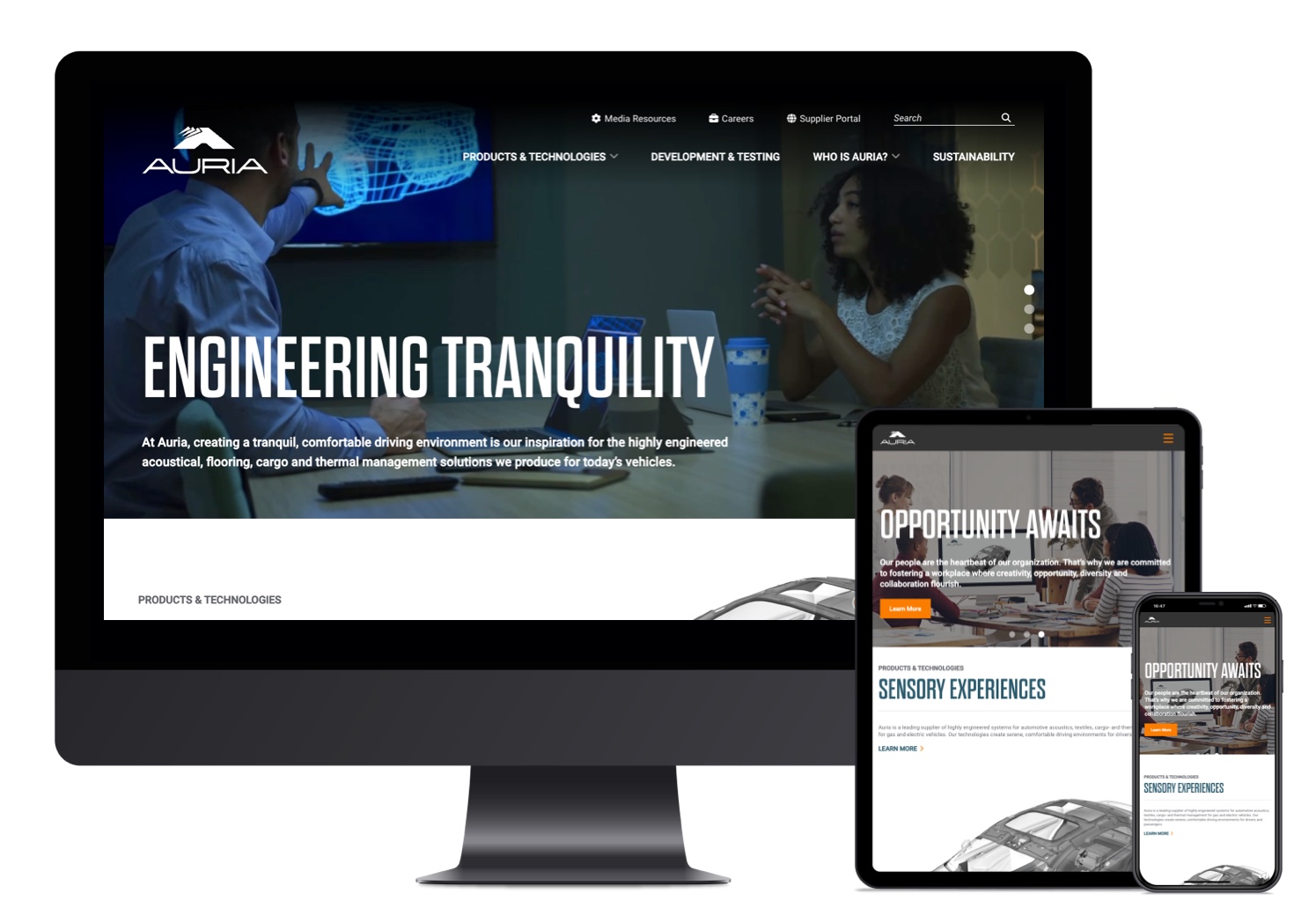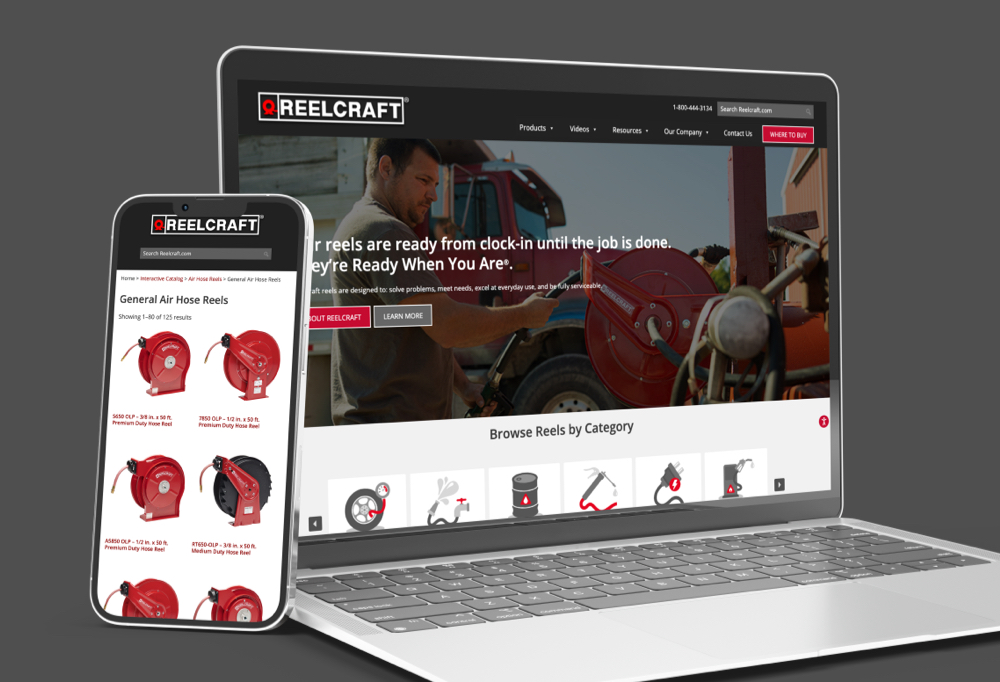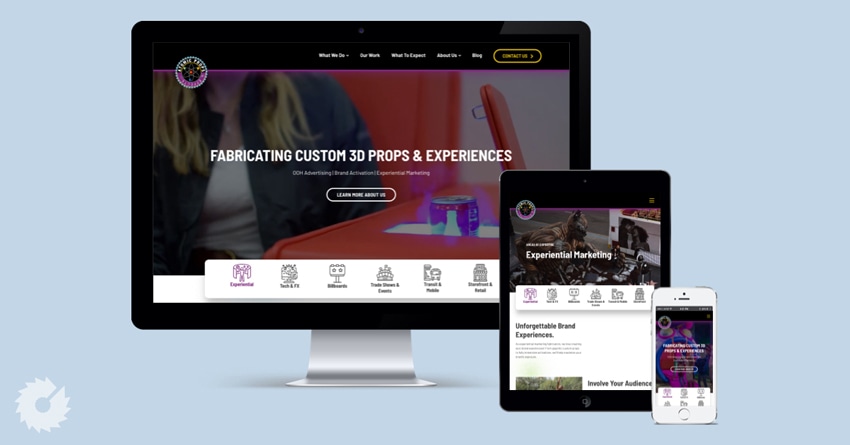
User Experience (UX) Consulting
How many times have you visited a website looking for answers—only to leave frustrated within a minute, vowing never to return?
Your prospects are no different. When technical buyers visit your website, they expect intuitive navigation, clear information, and content that speaks to their needs. If your site structure is confusing or your content feels generic, you’ll lose high-value opportunities before they even engage.
That’s where a strong UX strategy comes in.
At Windmill Strategy, we help industrial, manufacturing, and technical companies improve website performance through UX strategy, audits, and ongoing optimization. By analyzing how users interact with your site, we identify friction points and uncover what your most qualified prospects are truly looking for. Then, we create a clear path to the actions you want them to take—so they move seamlessly into your sales process. Your website should attract, engage, and convert, not frustrate. Through user-focused design and continuous improvements, we help turn high-value visitors into loyal customers.
Common Services & Deliverables
- UX Audits and Research
- Discovery and Planning
- Analytics and Insights
- Heat map testing and analysis
- Click tracking and analysis
- Usability testing
- A/B testing and analysis
- Cloud-based custom dashboards
- Card sorting
- Voice of the customer interviews
- Persona development
- Stakeholder reviews
- Clickable wireframes or mockups
Clear Pathways, Better Performance
Your website is often the first way your clients and prospects learn about your brand. It must quickly capture interest, gain trust, and guide your visitors to the right content. The goal: convert prospects into customers and drive sales.
Scoping and planning for greatest impact and return
For complex projects where strategy and planning is a separate scope of work we always include conversations throughout the project around budget and ROI. This includes a build budget we create collaboratively.
A detailed build estimate will account for UX recommendations, budget and timeline priorities, and often a suggested phased approach that shows where you first can make the biggest impact.
User experience planning for technical industries and website admins
Through usability studies, focus groups with engineers, and extensive professional experience, our UX strategists understand how technical audiences, such as engineers, scientists or surgeons, interact with websites. We look closely at user flows and information finding patterns to optimize how visitors locate information and perform tasks on your website. These insights and findings influence the site’s final design and functionality.
In addition to creating websites that attract and captivate your audience, we build them so anyone can maintain the content. Our focus on your site’s administrator role ensures you won’t get frustrated when content updates are made.
User experience is a critical part of your sales and marketing efforts. Our experts help you design exceptional user experiences that result in sustained customer experiences — if you lose people at the website, they’ll never have the chance to be won over by your sales reps, customer service, or any of the expertise that your organization offers.
The Inextricable Link Between Architecture, Content Strategy and UX
In working with us, you’ll see the inextricable link between architecture, content strategy and user experience. The importance of your website’s architecture and content strategy cannot be overstated.
Our UX research informs how we approach content strategy and vice versa. When these elements are balanced and working together as one, your website engagement stats will surge. And so will your business results.
UX Strategy Research With a Bias for Action
The good news is UX strategy research doesn’t have to be complicated, expensive or time-consuming. We quickly assess readily available data like historical website analytics and heatmap data to isolate problems that could cause visitors to leave your site.
To help us learn how your site visitors experience and navigate your website’s content, we will use inexpensive yet useful online tools such a Hotjar, Google Analytics, CrazyEgg and others.
Sometimes, more in-depth conversations or interviews with your prospects and customers reveal what motivates them to buy. As part of defining your ICP and high-level personas— if they’re not fully crafted — we’ll interview individuals to gather critical insights that inform your key messages, value proposition and content strategy.
To create a new UX strategy, we identify several primary user-flows we want users to adopt. Some new prospects will require more storytelling, while existing customers may want to dive straight into technical information and user manuals. We’ll plan and test your UX strategy using a variety of feedback tools.
A UX strategy action plan will generally address the homepage user experience first and foremost. It should include navigational improvements and a list of content you should create, modify or remove. We’ll also address key pages, user flows, calls to action, and conversion points throughout the site.
As part of an ongoing analytics and digital marketing engagement, we begin with a digital marketing strategy action plan, followed by monthly prioritized actions and a periodic website UX and performance review.
Engagements can focus on UX and also cover website health and digital marketing performance. Throughout the process, it’s helpful to receive consistent feedback from your sales team.
Ultimately, the most critical performance metric is how many website visitors turn into quality leads and customers and how many of those customers you keep over the long haul — a measure of customer lifetime value.
UX Evolution
Your website should continuously evolve to reflect who you are and where you’re going. This prevents your website from becoming an outdated marketing tool.
After you launch your site, it’s never static. As your most visible marketing tool, your website should constantly evolve into the most powerful signal to your audiences of what you’re the best at. Digital marketing drives the right people to your website, but, once they get there, are users taking the right actions? You’ll want your website to continuously evolve to reflect changes in your business, sales and marketing initiatives, and changes and trends in behavior and technology that impact all website users.
Data and analytics plus communication and collaboration
Now, more than ever, you can also measure how your actual customers and prospects are interacting with your website, and use that data to further optimize the online experience and convert more qualified leads to customers, more quickly.
This approach works best with close collaboration and regular touch points between us, so that we’re always abreast of lead quality and quantity, and upcoming changes in your business. We’ll review this information together with analytics and performance data to prioritize which activities will make the biggest impact toward website continuous improvement in our next sprint.




